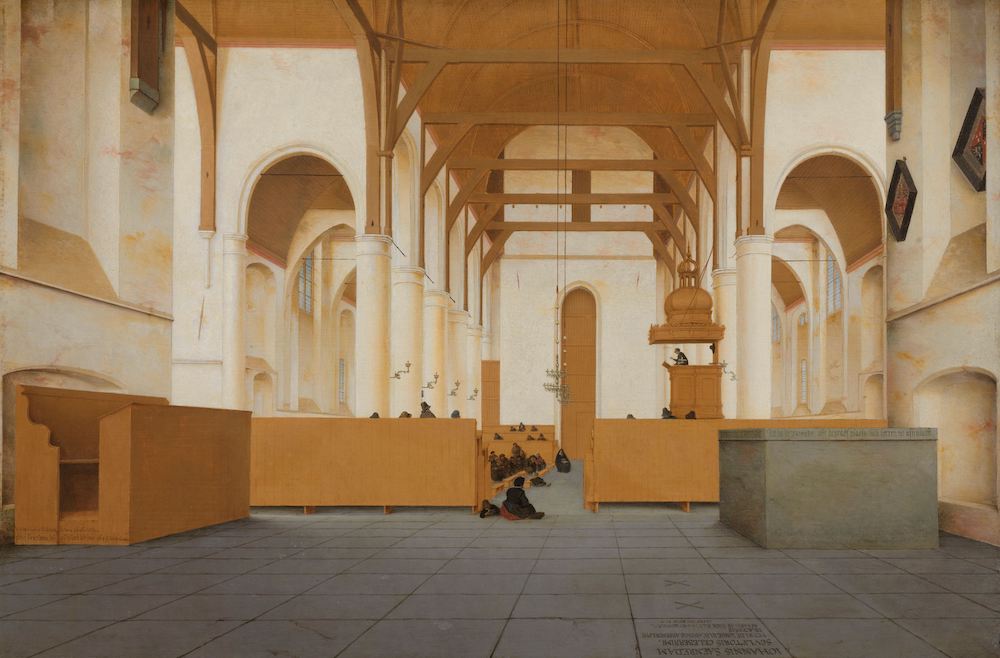Interlude - Pieter Saenraedam at the Rijksmuseum
Pieter Saenraedam was famous in his lifetime - as he is now - for his paintings of church interiors, which was a whole genre by itself in the Dutch Golden Age. His work stands out for its serenity and calm, and his great skill in dealing with endless shades of white.
White stands for spiritual purity. His bare, unadorned spaces are the results of violent social upheaval: Saenraedam painted Romanesque and Gothic churches, built centuries before for the then-all-powerful Catholic church. The artist lived and worked during the Dutch Revolt, an uprising against the Hapsburg king down in Spain, powered by Calvinism. In such an atmosphere, churches were stripped of their old adornments. We can see the results in Saenraedam’s St Odulphuskerk in Assendelft, which now hangs in the Rijksmuseum.

Saenraedam abstracts his paintings still further from Catholic idolatry by deliberately removing the furniture that crowded even Calvinist churches of the time. (As can be seen the church scenes of his contemporary, de Witte.) St Odulphuskerk is a vision of minimalist calm - its plump Romanesque arches blazingly glowing in the sun streaming in from clear windows, its wooden roof beams blonde and unsullied. Even the people are tidied into pleasing semi-silhouettes in the background. But Saenraedam’s too good to keep things too tidy. There are those different shades of white, building in patches to traces of colours on the walls, palimpsests of the Catholic past.
The artist’s craft was meticulous. First, he visited the building and made measurements. Then he made a series of pencil and chalk sketches of various views. Finally, the painting. Saenraedam was 52 when he painted this particular church. But for how long had the interior been percolating in his mind?
In fact we know. The initial sketches were made in 1633. The preparatory drawing of the final view - characteristically, along the nave - came a decade later. And then the date of completion is right there on the painting: October 2nd 1649.
And, in the foreground, a last biographical touch, in a gravestone on the floor. Read it upside down and we can make out a surname: SAENRAEDAM. It’s the artist’s father. Once a painter and printmaker, Jan Saenraedam died of typhus and was buried in this church, 42 years before.
St Odulphuskerk in Assendelft is in the permanent collection at the Rijksmuseum